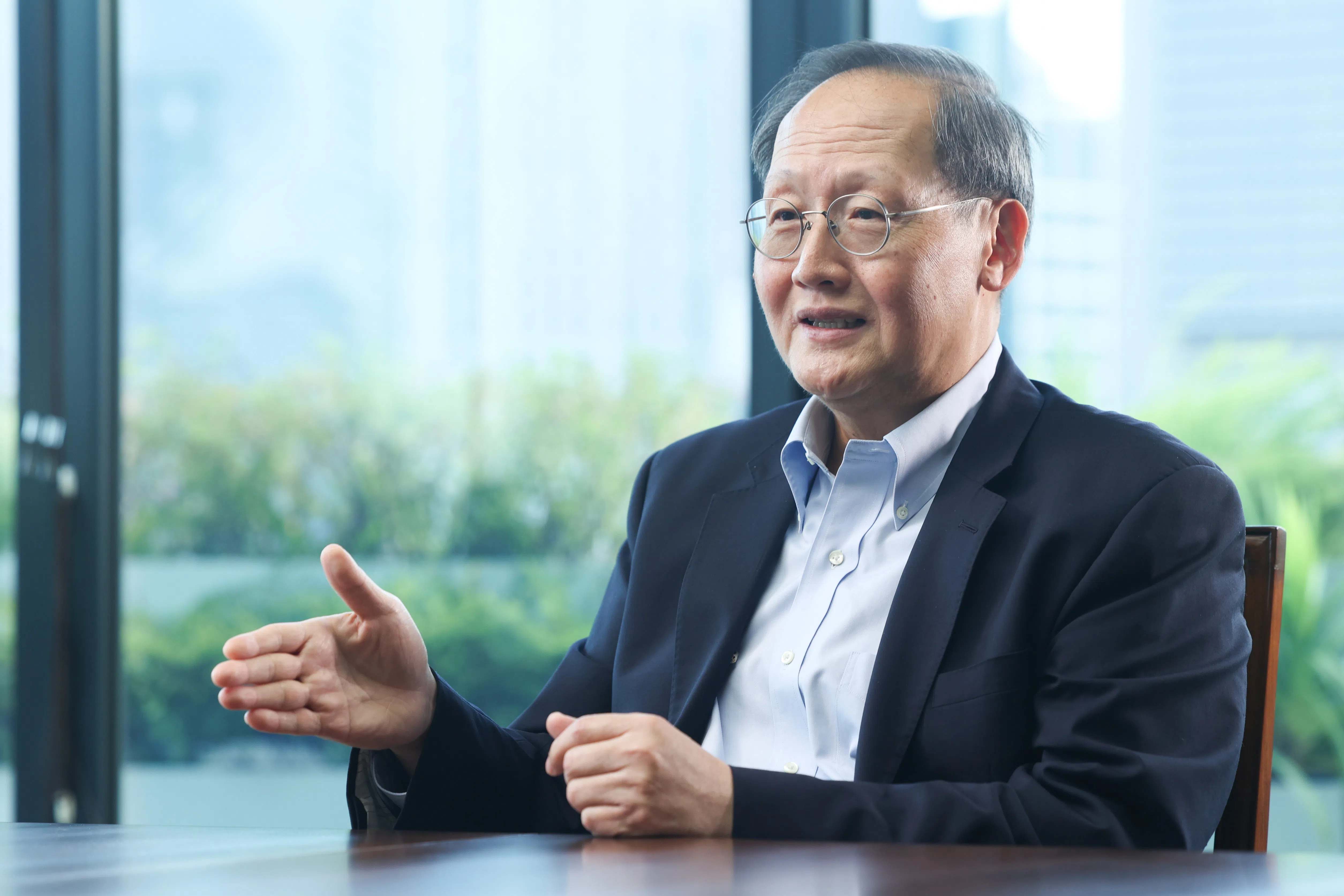BY 2030, a 65-year-old retiree would need a nest egg of at least S$550,000 to meet expenses based on “conservative needs” for 20 years. Those with more “aspirational wants”, such as travel, hobbies and charitable giving, will need to accumulate up to S$1.3 million.
But younger investors could fall behind in saving for their later years, according to a DBS study.
This group of investors, between the ages of 25 and 44, sets aside the smallest proportion of their monthly income for investment among all the pre-retirement age groups. These were the findings of DBS’ Life After Work report released on Wednesday (Feb 12), which focuses on retirement preparedness and adequacy. The report analysed data of around two million DBS and POSB customers.
“While possessing strong earning potential and financial firepower, those aged 25 to 44 invest only about 15 to 17 per cent of their monthly salaries. This is the lowest among pre-retirement age groups,” it said.
In comparison, investors aged 45 to 54 invest 30 per cent of their salaries, and those aged 55 to 64 invest 49 per cent.
Young investors who do start planning early are also “overly conservative” and concentrate more than half their investments in fixed-income instruments such as Treasury bills (T-bills) and Singapore Savings Bonds (SSBs), the report noted.
BT in your inbox
Start and end each day with the latest news stories and analyses delivered straight to your inbox.
Within this group, those aged 35 to 44 placed 44 per cent of their investments in T-bills and 13 per cent in SSBs. Those aged 25 to 34 placed 37 per cent of their investments in T-bills and 15 per cent in SSBs.
DBS added that instead of focusing on fixed-income instruments, these younger investors would benefit from raising the equities proportion of their investment mix.
“Given their longer time horizon, younger investors can consider allocating a larger portion to other asset classes such as equities for potentially higher returns,” stated the report.
Diversifying one’s portfolio into global and regional equities can potentially enhance one’s overall portfolio returns and help manage risks, it added.
Moreover, equities historically yield “considerably higher returns” than bonds and may help one’s money work harder.
The report noted that Singapore and global bond yields have historically had “modest” returns of 0.7 per cent to 2 per cent with minimal volatility over 10 and 15-year periods. Meanwhile, equity returns have neared 10 to 15 per cent over 15-year periods, and have far outpaced bond returns even over 10-year periods.
And while equities present volatility and risk, younger investors should not shy away from them, the report pointed out.
Though equities’ annual returns can fluctuate widely – ranging from gains of 87 per cent to losses surpassing 50 per cent – a “sufficiently long investment horizon” raises the probability of positive overall returns, it said.
“The bottom line (is): Customers who stick through and ride out the associated volatility over time are often rewarded with better investment outcomes.”
Older investors should build passive income, unlock equity from property
Investors closer to retirement would do well to build streams of passive income, the report noted. Doing so would help avoid the risk of outliving one’s savings, especially as people are spending more time in retirement as life expectancies rise.
As Singapore has a high home-ownership rate of 89.7 per cent, property is an asset that homeowners can tap and potentially monetise for their retirement needs.
Considering that the ageing population is asset-rich and that home prices in Singapore have risen over the years, seniors can unlock equity from their homes to supplement retirement income, the report said.
It noted that Singapore’s housing prices have climbed since the 1990s, driven by its growing population and economy as well as government policies. “Those who have benefited from the property boom in both public and private markets over the past decades are sitting on substantial gains that can be reaped, if needed.”
Renting out spare rooms in one’s home is one way to generate retirement income from owned property.
Alternatively, “right-sizing” or selling one’s home and purchasing a lower-value one, can yield proceeds to bolster retirement funds.




